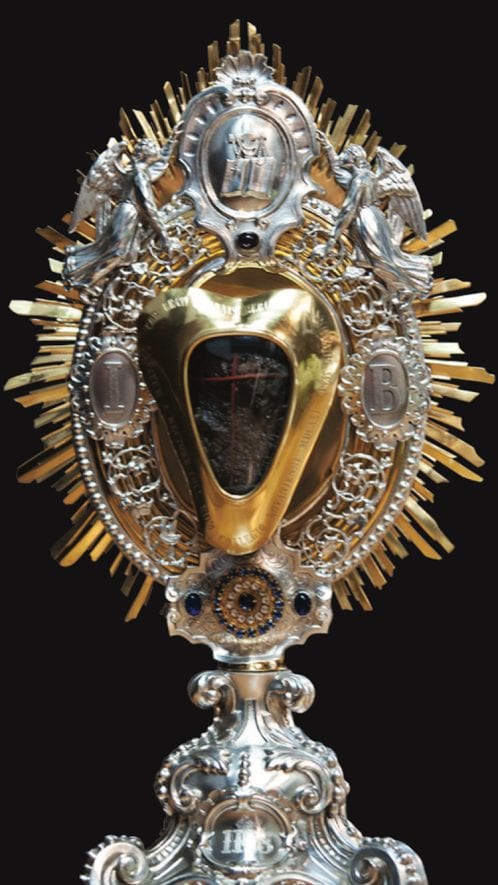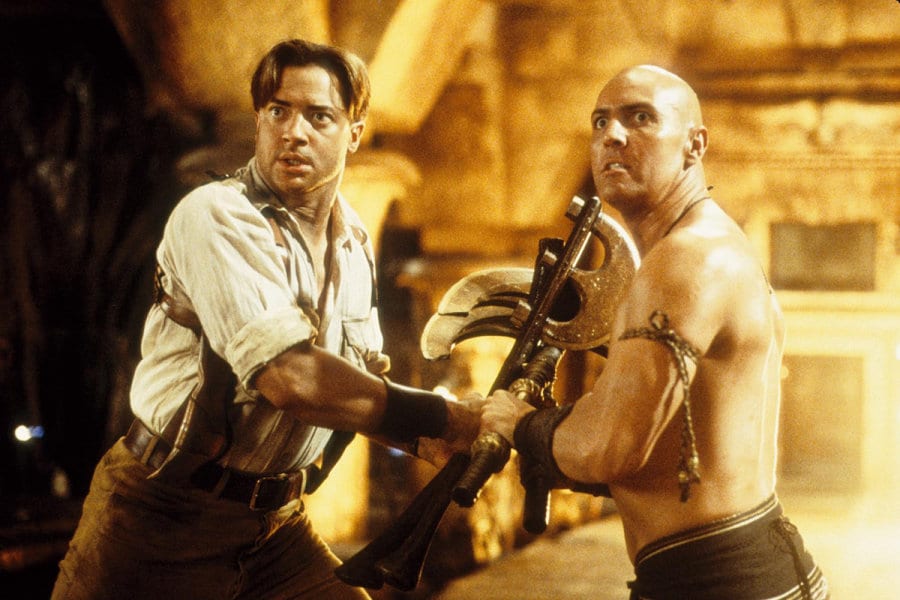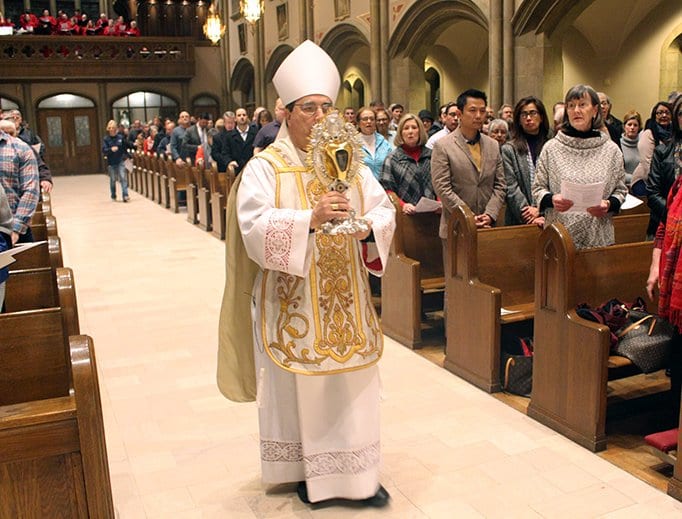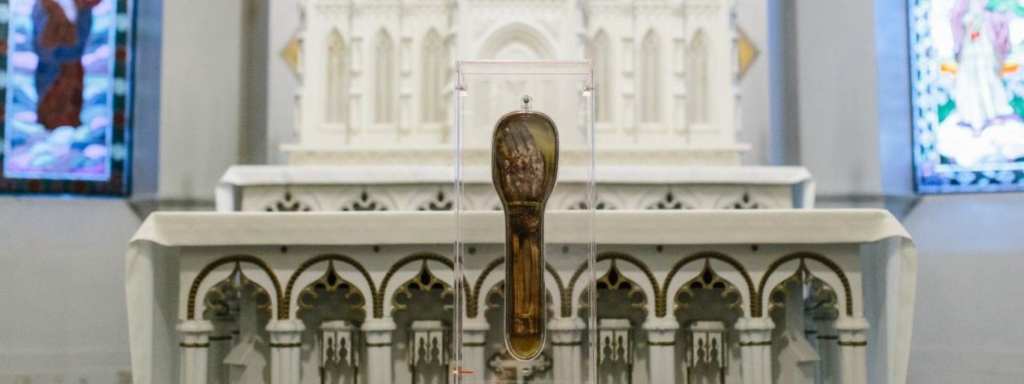If you’ve clicked on this article, you’re probably one of those people who has an odd fasciation with the topic of mummies and/or religious relics. I know because I am one of those people, but up until now I never took much time to sit and consider how, exactly, one would explain to TSA the mummified saint’s heart in their carry on.

Photo Credit: Facebook, Saint John the Baptist Catholic Church
It turns out that it’s both simpler and more complicated than you’re probably thinking.

Photo Credit: Universal Pictures
Some relics, like the mummified heart of Saint John Berchmans, don’t travel much – before a recent tour in the United States, the relic hadn’t been out of Belgium in almost 400 years – while others, like the floating rib and skin from Saint Anthony of Padua, have been on tour for a couple of decades. According to their guardian, Father Mario Conti, getting through security usually isn’t an issue, though customs can occasionally be tricky.

Photo Credit: Twitter, sjsoftware
“If someone’s Catholic at the customs, they probably know what a reliquary is, but we had one problem in Los Angeles. The guy said, ‘What the heck are these?'”

Photo Credit: Twitter, CatholicRegistr
Despite the customs agent thinking that Father Conti was some kind of mad scientists, he eventually convinced them that he wasn’t, and they managed to keep the tour going.

Photo Credit: Pixabay
If you’re not Catholic, you may not understand the reason that priests take these body parts to visit believers all over the world. Relics are rare in America – a lot of them come from saints who lived before America was colonized – which means that for the majority of Catholic and other Orthodox followers, they may never have a chance to see one unless it goes on tour.

Photo Credit: Twitter, zachgoudie
Relics represent a physical link to God’s power and evidence that He works miracles through the bodies of mortal individuals. For those who aren’t educated in the Catholic tradition, it may seem odd to encourage the veneration of something or someone other than Jesus himself. If you’re confused, this explanation from Pope Benedict XVI should help:
“The relics direct us toward God himself: it is he who, by the power of his grace, grants to weak human beings the courage to bear witness to him before the world… The Church does not forget that, in the end, these are indeed just human bones, but they are bones that belonged to individuals touched by the living power of God.”

Photo Credit: Twitter, CBCNL
h/t: Atlas Obscura
4 Famous Corpses (or Parts of Them) That Turned up in Super Strange Places
https://didyouknowfacts.com/6-human-bodies-refuse-rot/






